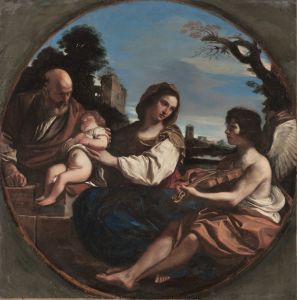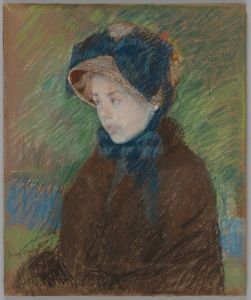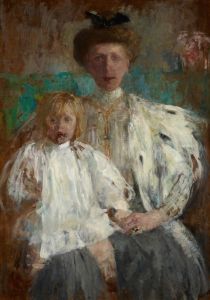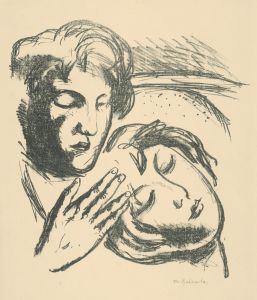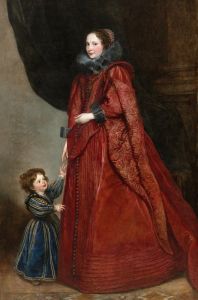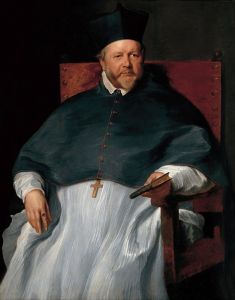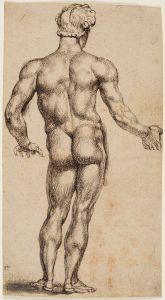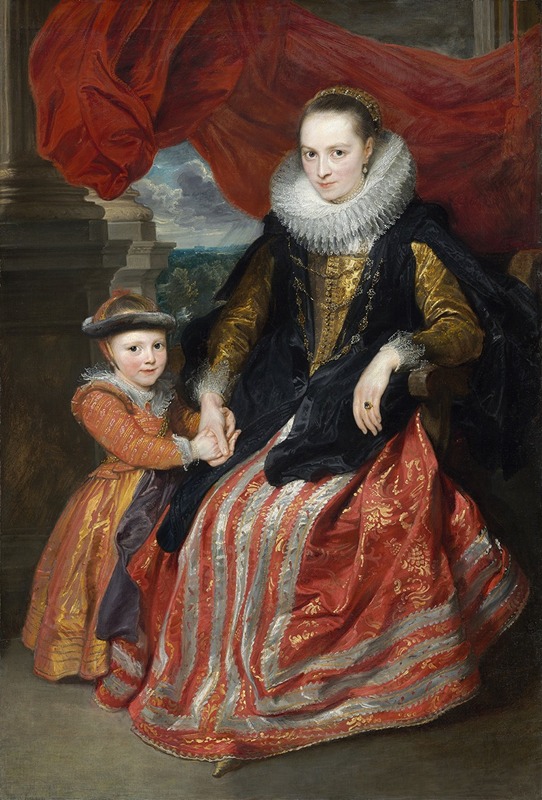
Susanna Fourment and Her Daughter
A hand-painted replica of Anthony van Dyck’s masterpiece Susanna Fourment and Her Daughter, meticulously crafted by professional artists to capture the true essence of the original. Each piece is created with museum-quality canvas and rare mineral pigments, carefully painted by experienced artists with delicate brushstrokes and rich, layered colors to perfectly recreate the texture of the original artwork. Unlike machine-printed reproductions, this hand-painted version brings the painting to life, infused with the artist’s emotions and skill in every stroke. Whether for personal collection or home decoration, it instantly elevates the artistic atmosphere of any space.
"Susanna Fourment and Her Daughter" is a painting by the renowned Flemish Baroque artist Anthony van Dyck. Van Dyck, a leading court painter in 17th-century Europe, was known for his portraits, which were characterized by their elegance and attention to detail. This particular work is a testament to his skill in capturing the likeness and personality of his subjects.
The painting depicts Susanna Fourment, a member of the prominent Fourment family in Antwerp, and her daughter. Susanna was the sister of Helena Fourment, who was the second wife of Peter Paul Rubens, another illustrious Flemish painter and van Dyck's mentor. The Fourment family was well-connected and influential, which made them popular subjects for artists of the time.
In "Susanna Fourment and Her Daughter," van Dyck employs his characteristic style, which includes a sophisticated use of color, light, and composition. The painting is noted for its graceful portrayal of the subjects, with Susanna depicted in a dignified yet approachable manner. Her attire is rendered with meticulous attention to detail, showcasing the luxurious fabrics and fashions of the period. The daughter, whose identity is less documented, is portrayed with a sense of innocence and charm, complementing her mother's poised demeanor.
Van Dyck's ability to convey the textures of skin, fabric, and hair is evident in this work, highlighting his technical prowess. The composition is balanced, with the figures positioned in a way that draws the viewer's eye to their expressions and interactions. The background is typically understated, ensuring that the focus remains on the subjects.
The painting is an example of van Dyck's mature style, developed after his time in Italy, where he studied the works of Titian and other Renaissance masters. This influence is apparent in his use of color and the relaxed yet noble poses of his subjects. Van Dyck's portraits often conveyed a sense of the sitter's social status and personality, and "Susanna Fourment and Her Daughter" is no exception.
Currently, the painting is housed in the Alte Pinakothek in Munich, Germany, where it is part of a significant collection of European masterpieces. The museum's collection includes several works by van Dyck, allowing visitors to appreciate the breadth of his artistic achievements.
"Susanna Fourment and Her Daughter" remains an important work within van Dyck's oeuvre, exemplifying his contribution to portrait painting during the Baroque period. It reflects the cultural and artistic milieu of 17th-century Flanders, where portraiture was a means of documenting and celebrating the social elite. Through this painting, van Dyck not only immortalized the Fourment family but also left a lasting legacy that continues to be studied and admired by art historians and enthusiasts alike.






